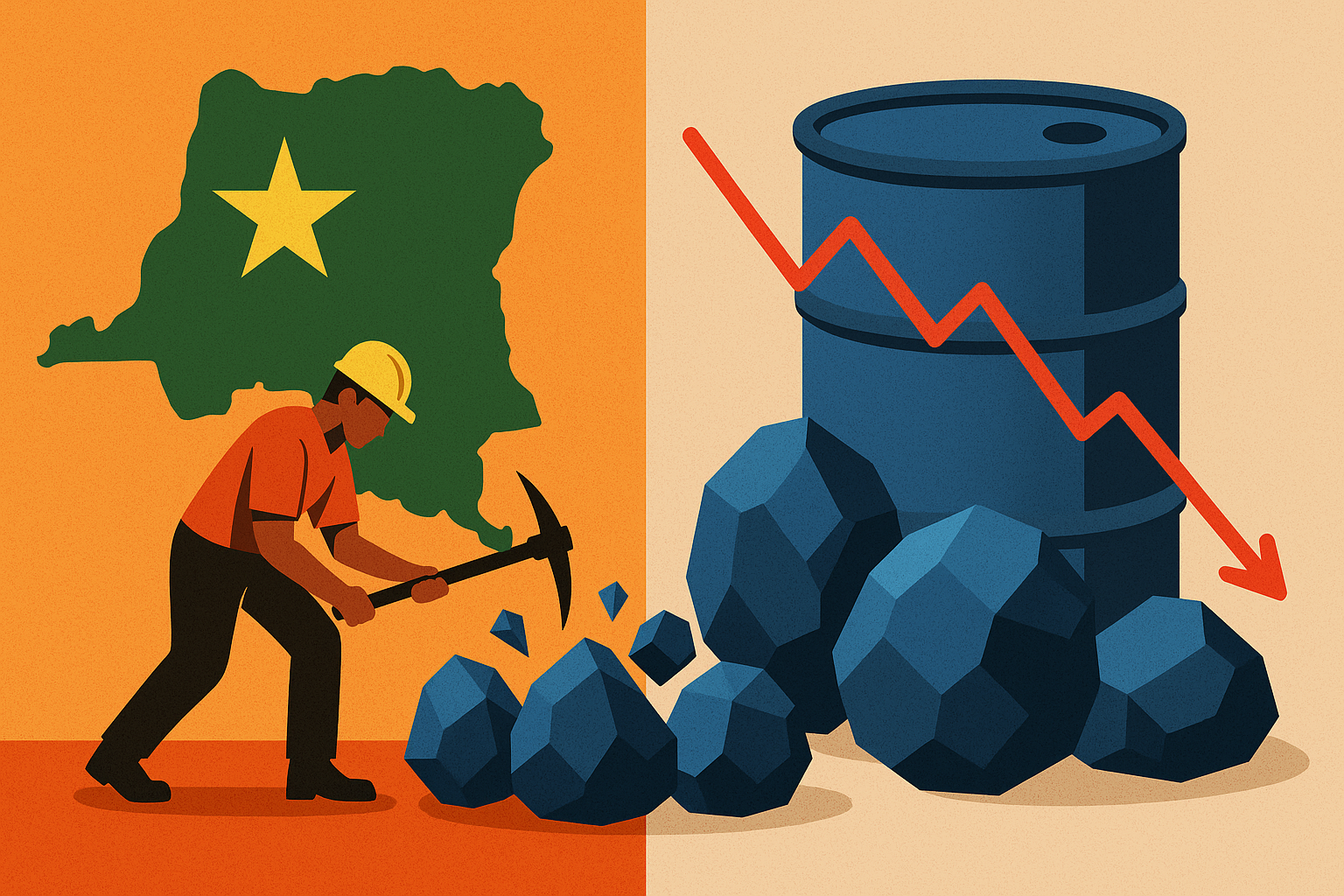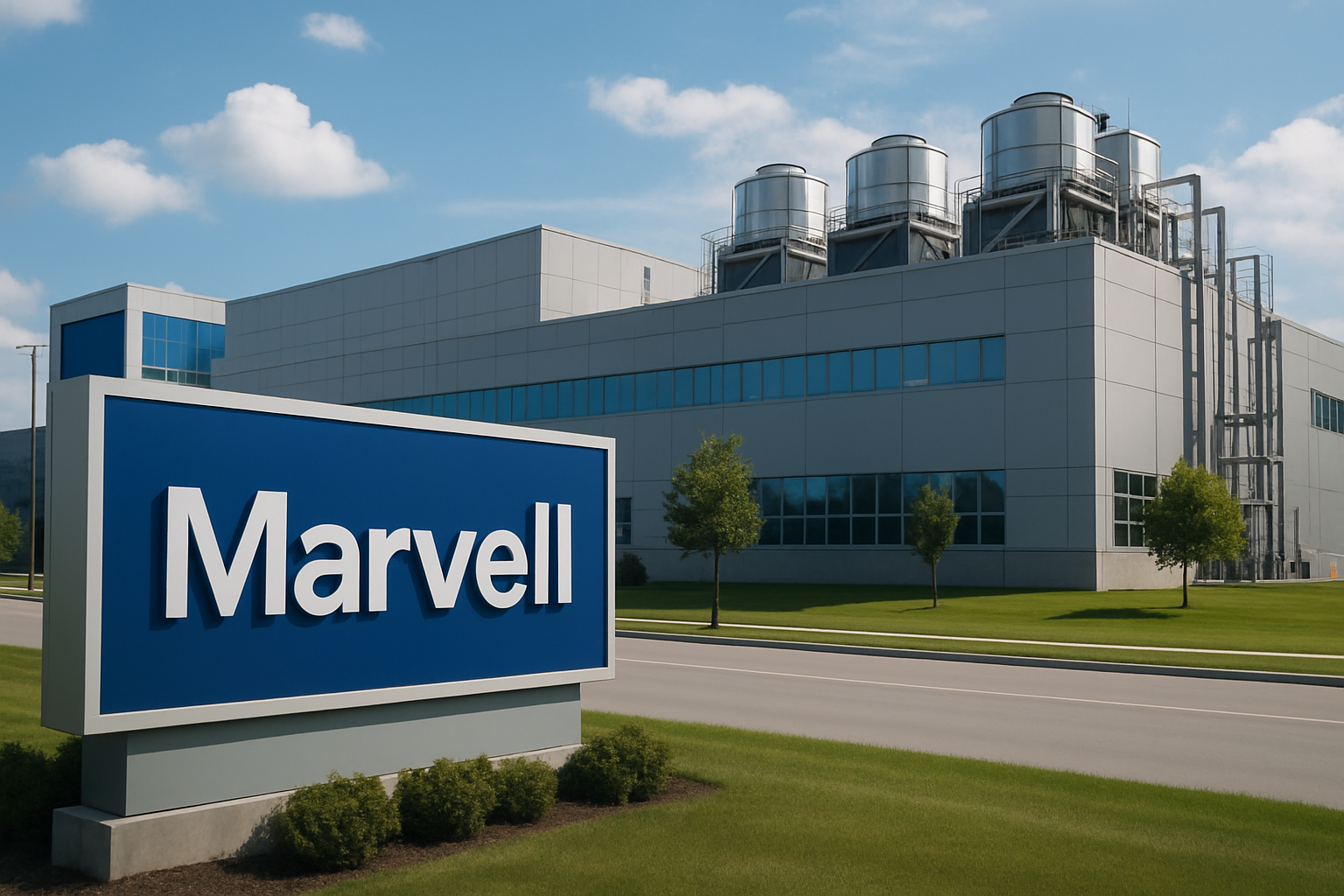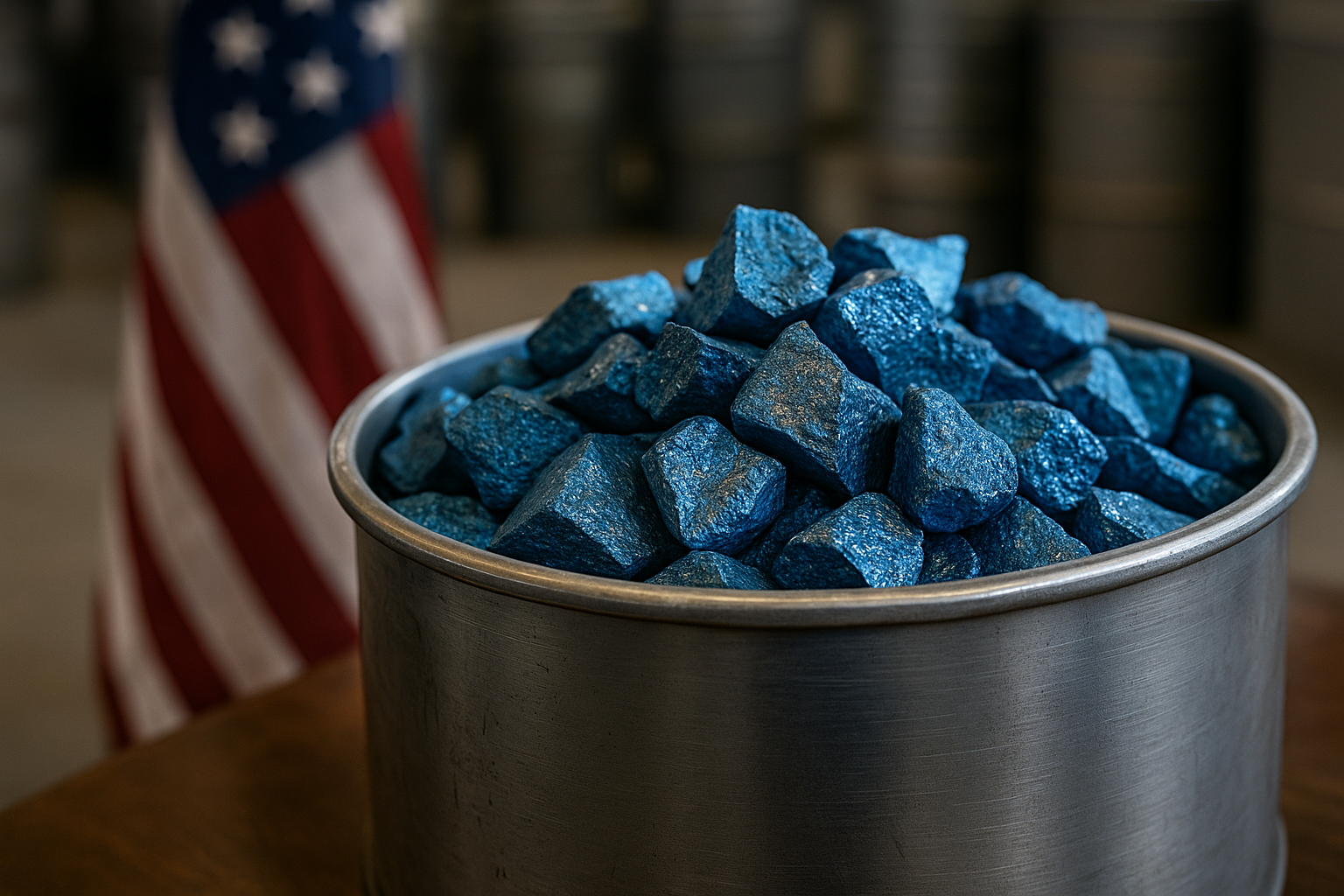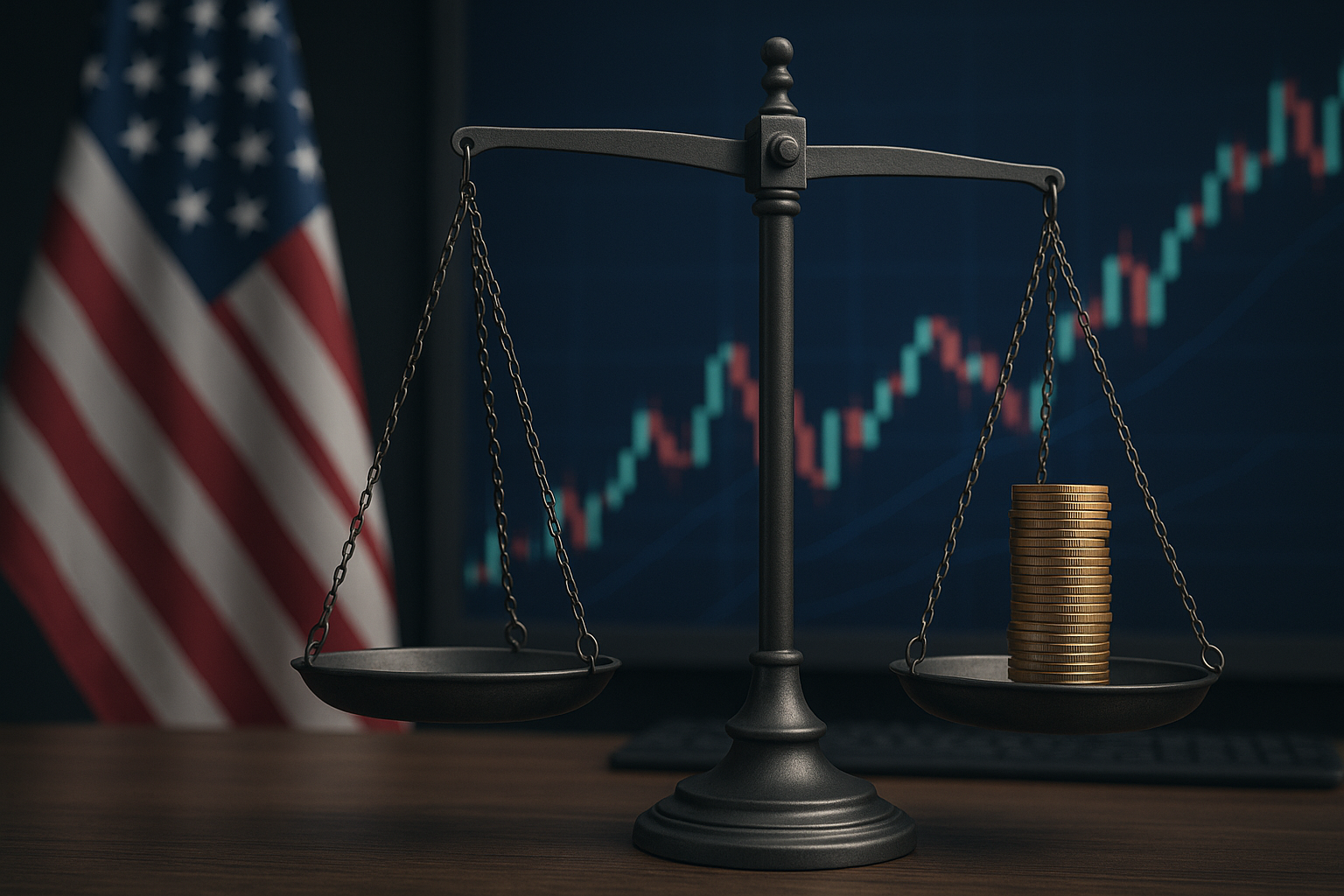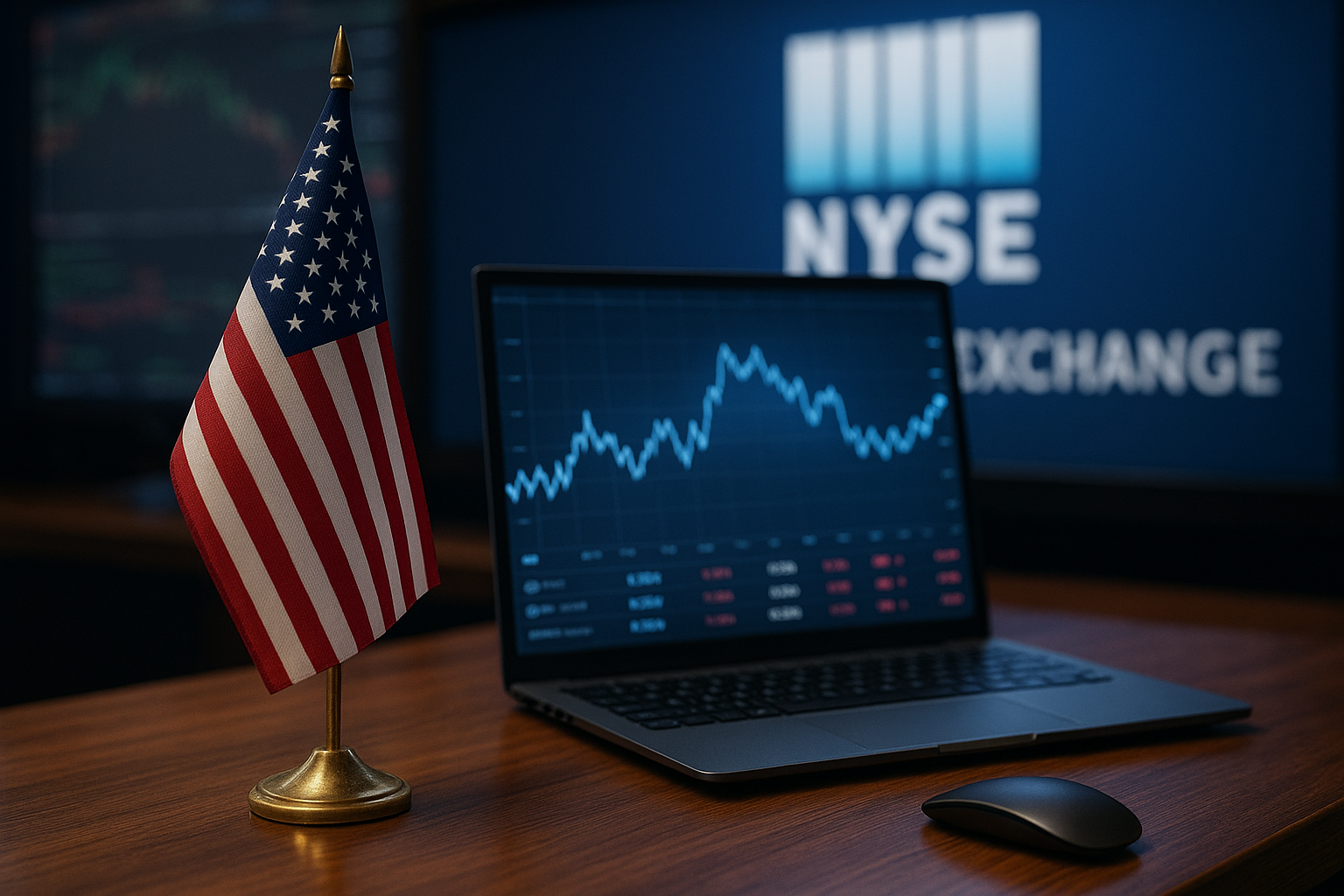As battery metals regain investor attention amid energy transition tailwinds, a surprise policy extension from the world’s top cobalt producer has sparked questions across global commodity desks. The Democratic Republic of Congo (DRC), which supplies over 70% of the world’s cobalt, has renewed its export ban for another three months, extending a policy aimed at controlling pricing power and boosting domestic refining.
Yet despite the move, cobalt prices remain flat. The reason: global stockpiles are still flush, and demand from China—the dominant battery manufacturing hub—is shifting toward low-cobalt or cobalt-free chemistries.
For investors tracking the green metals surge, this is a critical moment. While geopolitics and export controls once sent shockwaves through metals markets, this latest development signals a more nuanced—and perhaps sobering—reality for cobalt bulls.
Domestic Leverage, Global Shrug: What Congo’s Ban Really Means
The cobalt export restriction, initially implemented in late 2024, was designed to give the DRC greater pricing leverage by forcing companies to refine cobalt domestically before exporting it. This aligns with Kinshasa’s strategy to capture more value from its mineral wealth, and mirrors similar resource-nationalism trends seen in Indonesia (nickel) and Chile (lithium).
The DRC’s Ministry of Mines confirmed the extension late last week, citing a “need to develop local beneficiation capacity.” While Congolese officials hope to stimulate domestic refining, market reactions have been muted.
According to analysts at Benchmark Mineral Intelligence, cobalt inventories across global supply chains currently equate to 8 to 10 months of demand, softening the impact of the restriction.
Meanwhile, battery manufacturers—especially in China—have been shifting toward nickel-manganese (NCM) and lithium-iron-phosphate (LFP) batteries, both of which reduce or eliminate cobalt use altogether. The result: less dependence on Congolese supply and a reduced sense of urgency in the market.
“This is not 2018,” says Raw Materials Group analyst Emilie Boon. “Cobalt is no longer the bottleneck it once was. OEMs have diversified their chemistries, and refiners have optionality.”
Why This Matters for Investors
While export bans often create pricing volatility, the cobalt market’s current fundamentals are unusually well-buffered:
- Cobalt prices remain below $15/lb, significantly down from 2022 highs of $40/lb (Trading Economics).
- China’s LFP battery adoption now accounts for over 60% of EV battery production, reducing its need for cobalt.
- New refining hubs in Zambia and Indonesia are reducing bottlenecks in non-DRC supply.
The key investor takeaway? This is not a supply squeeze scenario—at least not yet. The ban could become more influential if paired with rising demand (e.g., for AI data center cooling batteries or grid-scale storage), but today’s market is well-insulated.
Trends to Watch: Where Opportunity May Emerge
1. Diversified Battery Metal Producers
With cobalt facing demand headwinds, investors should track miners with multi-metal portfolios—particularly those also producing nickel, copper, and lithium. Companies like Glencore and Eurasian Resources Group benefit from scale, geography, and downstream integration.
2. Cobalt Alternatives
LFP and sodium-ion battery players are gaining investor interest. Publicly traded firms with exposure to phosphate or sodium technologies—like CATL, BYD, or battery startups entering SPAC pipelines—may outperform if cobalt use continues declining.
3. African Refining Infrastructure
If the DRC succeeds in building its domestic refining capacity, local processors and regional logistics companies could benefit. While still high-risk, early-stage infrastructure or logistics ETFs with exposure to Sub-Saharan Africa may gain attention if capital flows increase.
4. Long-Term Geopolitical Risk Hedging
While the current supply glut provides a buffer, long-term investors should not discount geopolitical fragility in the DRC. Any sudden unrest, port disruption, or China-related trade realignment could resurface volatility quickly.
Key Investment Insight
In the short term, cobalt remains oversupplied and export restrictions are not moving the price needle. But the mid-to-long-term outlook depends on battery tech trends, geopolitical dynamics, and infrastructure buildout. For now, this creates an opening:
Investors should consider allocating capital to battery-metal names with diversified exposure, especially those not overly reliant on DRC sourcing.
Names to watch:
- Glencore (GLEN.L) — diversified exposure to cobalt, copper, and nickel.
- Umicore (UMI.BR) — integrated battery materials and recycling.
- Albemarle (ALB) — lithium-centric, but with strategic battery partnerships.
- ETF option: Global X Lithium & Battery Tech ETF (LIT) for broader coverage.
For smart investors, today’s cobalt story isn’t just about scarcity—it’s about strategic optionality. As EV batteries evolve and political leverage gets tested, knowing where to position ahead of the next material shift is everything.
Stay ahead of metals, mining, and battery-market news daily at MoneyNews.Today—your trusted edge in emerging sector intelligence.
